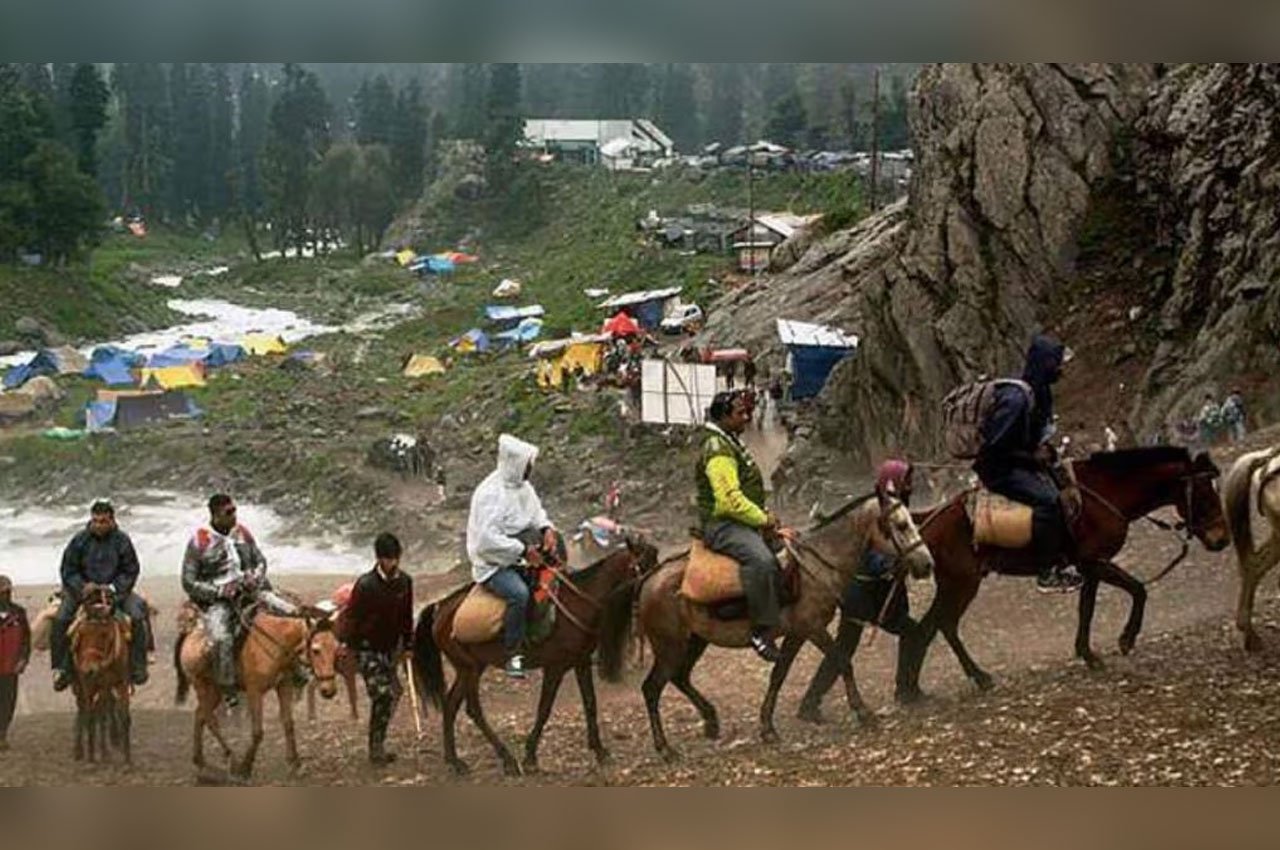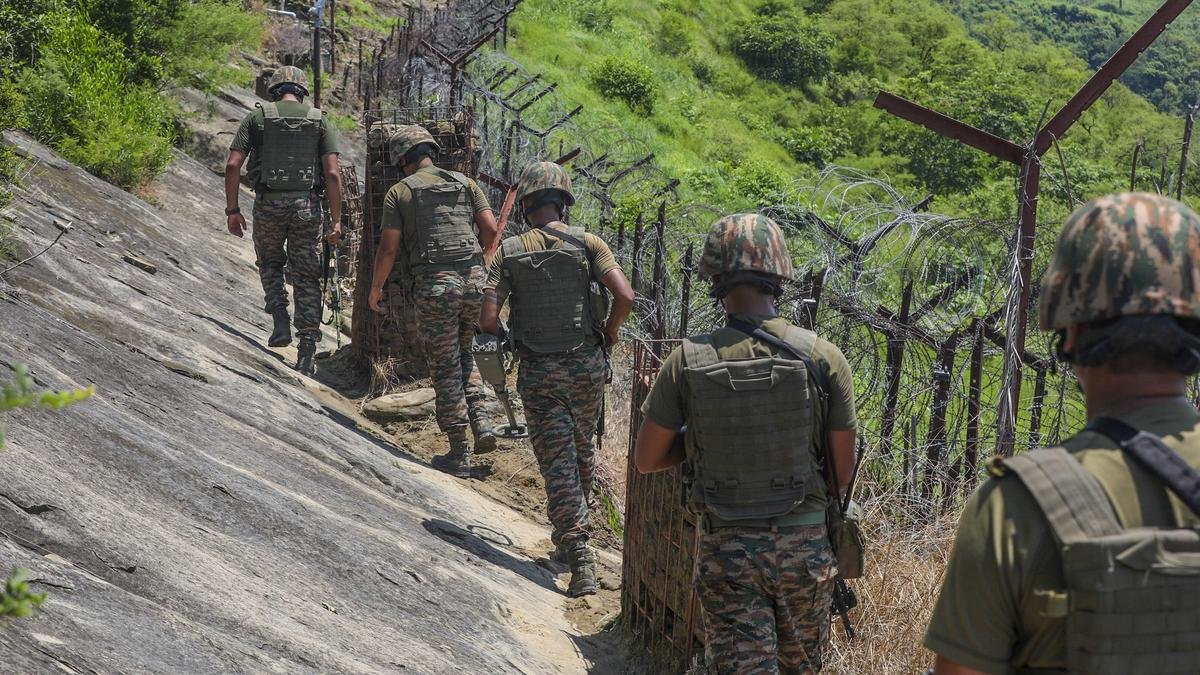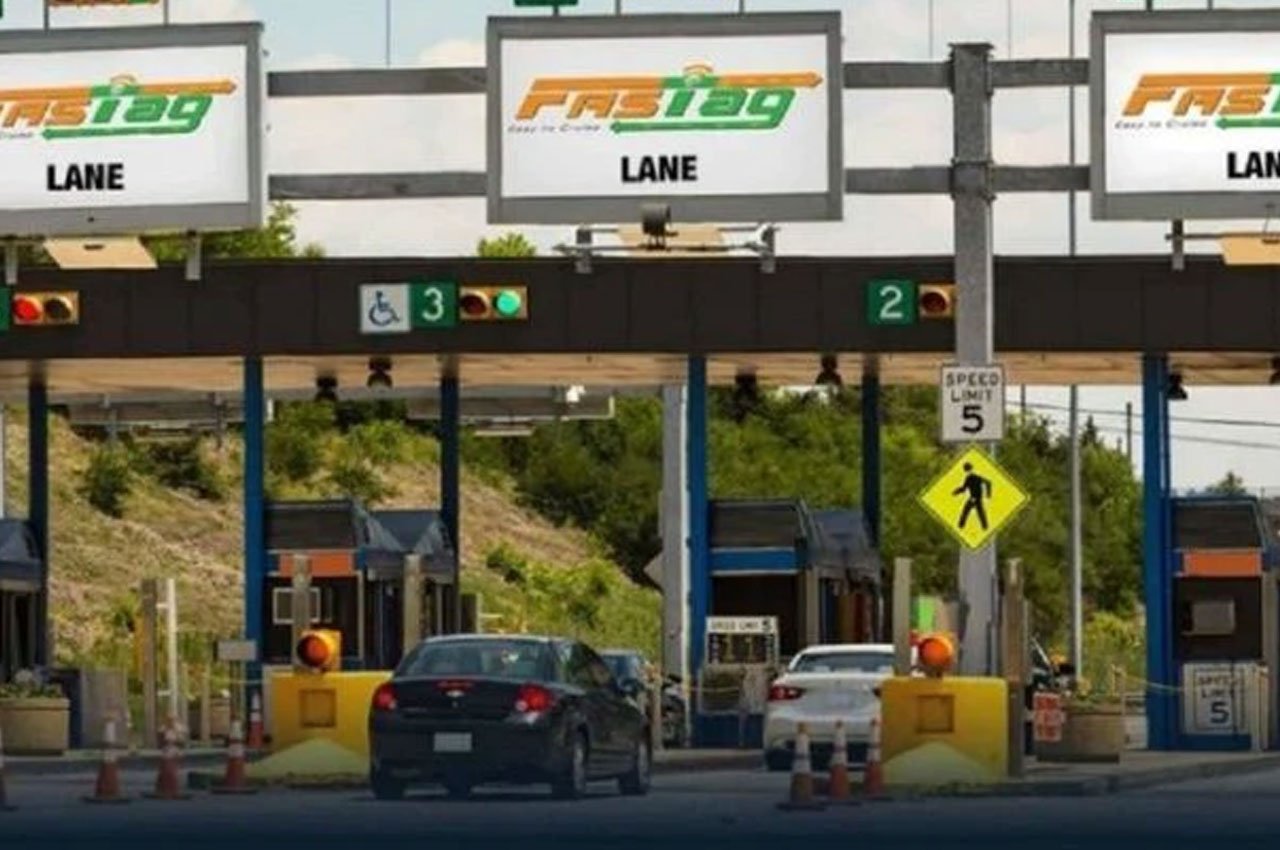Yatris ride through the steep Himalayan trails on their spiritual journey Photo credit: Jansatta
After a half-decade pause, the Kailash Mansarovar Yatra via Sikkim’s Nathula Pass has resumed, with the first batch of pilgrims arriving in Gangtok. This marks a renewed chapter for spiritual seekers from Punjab and beyond, reflecting a powerful blend of faith, cultural diplomacy, and logistical revival.
Resumption After Six-Year Hiatus
On June 16, the first cohort of 36 pilgrims reached Gangtok and moved to the 17 Mile acclimatization centre, officially marking the pilgrimage’s return via Nathula Pass. The yatra had been suspended since 2019 due to pandemic concerns and geopolitical tensions along the India-China border.
Well-Planned Route & Logistical Support
Pilgrims originally flagged off from Delhi and Ghaziabad underwent medical checks and documentation before flying to Bagdogra and arriving in Gangtok. Now, under the joint guidance of the Indo-Tibetan Border Police (ITBP) and Sikkim Tourism Development Corporation, travelers are making their way toward Sherathang, Nathu La, and eventually the holy sites of Mount Kailash and Lake Mansarovar.
An acclimatization schedule—two days each at 17 Mile and Sherathang—prepares the group for the high-altitude trek to Mount Kailash on June 20.
Revival of a Sacred Route
The resurrected Nathula Pass route offers a smoother, scenic alternative to the Lipulekh Pass in Uttarakhand. Sikkim’s unique geography enables a quicker road journey from Gangtok to the border, followed by a moderate trek. The region’s stark landscape—early snowlines, rugged terrain, and steep climbs—adds both spiritual depth and physical challenge to the path.
Pilgrims undergo group-based acclimatization activities, including yoga, light tours, and bhajans, helping them adjust to the terrain and altitude.
Spiritual & Cultural Significance
This sacred pilgrimage spans across faith traditions—drawing Hindu, Buddhist, Jain, and Bon devotees to Kailash and Mansarovar, revered for spiritual cleansing and moksha. For many participants, this journey is a culmination of soul-searching, emotional renewal, and cross-border camaraderie.
Current Deployment: 750 Pilgrims
This year’s yatra includes 750 pilgrims selected through a computerized lottery from over 5,500 applications. Among them, 500 will travel via Sikkim’s Nathula Pass, and the remaining 250 will go through Lipulekh in Uttarakhand. Each batch is accompanied by liaison officers, cooks, doctors, and security personnel to ensure well-rounded care.
Infrastructure & Safety Preparedness
To support the yatra, new infrastructure has been put in place: high-altitude medical camps, acclimatization centers, and emergency response protocols. The ITBP is leading medical screenings and safety drills, while Sikkim Tourism Development Corporation manages lodging and transport logistics.
Strategic Diplomacy & Regional Cooperation
The pilgrimage holds diplomatic weight, reinforcing India-China cultural channels. The resumption of the Nathula route symbolizes improving bilateral ties and cross-border trust. India’s External Affairs authorities also took a lead role during flag-off ceremonies in Delhi and Ghaziabad.
Preparation for Pilgrims & Local Benefits
Candidates undergo fitness certification, medical clearances, and orientation briefings in Delhi before departure. Meanwhile, the influx of pilgrims is set to benefit Sikkim’s economy—boosting hospitality, transport, and local commerce along the pilgrimage corridor.
What Lies Ahead
Following the Nathula route, pilgrims will trek through Tibet’s Shigatse toward the revered Mount Kailash and Mansarovar Lake. Post-yatra, they are expected to return to India via the same transit route, concluding the journey after 20–22 days.
Tourism officials expect successful progression of all 15 scheduled batches in this season, with the final departure expected in late August.
Final Take
The resumption of the Kailash Mansarovar Yatra via Nathula Pass signals not just the return of a timeless spiritual journey, but also the rebirth of cross-border religious diplomacy and local development. For the pilgrims, it represents purification and fervent faith; for India, it’s a strong testament to resilient infrastructure, cultural unity, and regional harmony—especially when religious routes double up as bridges between nations.




